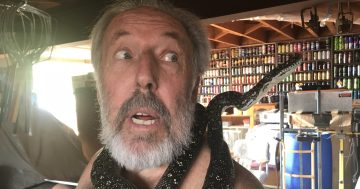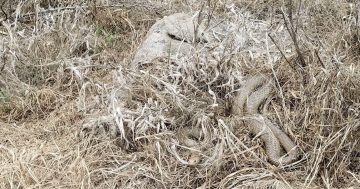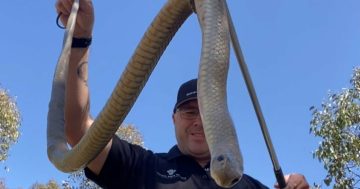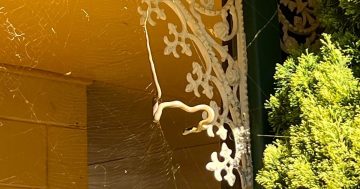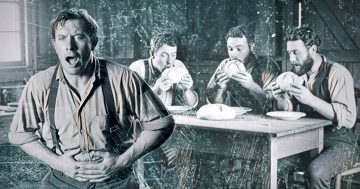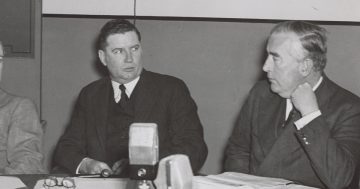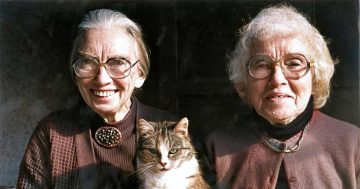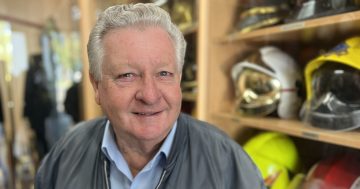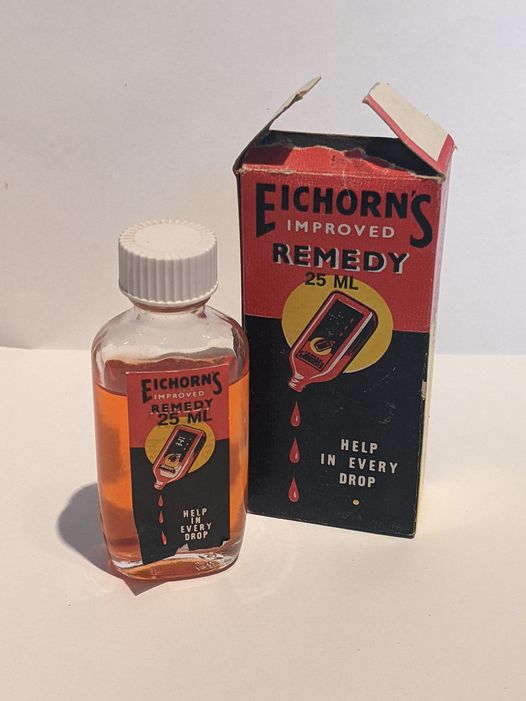
A bottle of Eichorn’s Improved Remedy. Photo: Museum of the Riverina.
A bit of nostalgia from the team at the Museum of the Riverina who recently discovered two bottles of ‘Eichorn’s Improved Remedy’ among an acquisition of pharmaceutical objects.
These bottles of pink-red liquid are probably a familiar sight to most country people, alongside such popular remedies such as Rawleigh’s Salve.
Eichorn’s was a standard feature of the home medicine chest kept in most households throughout the 20th century and was sold as a cure-all and an antidote for snakebite and blood poisoning.
The elixir was named for its inventor and chief spruiker, Mr August Eichorn, who was known as the “Snake King of Upper Adelong”.
Eichorn’s was produced by August and his wife at their home near Sydney, manufactured to a secret formula derived from the “secrets of an Indian hawker”.
Their primary market was at the fairs and shows in the small country towns of NSW and Queensland.
Like a true showman, whenever Eichorn rode into town, he wore a special vest adorned with medals from ‘grateful’ people he claimed to have cured of many common ailments including abrasions, boils and carbuncles, and blackheads and spongy gums.
His catchcry was “there is help in every drop” and the Snake King appeared ready to put his life on the line to prove his ‘scientific’ cure for snakebite.
To promote the sales of his remedy Eichorn adopted the tactics of the quacks of the old world and he drew the crowds to see him demonstrate his method.
He would allow a live snake to latch onto his arm and then he would plunge the limb into a container of cold water.
When his arm was removed from the water he showed no signs of envenomation from the bite.
He claimed that while Indian snakes killed through the nerves, Australian snakes killed through the bloodstream.
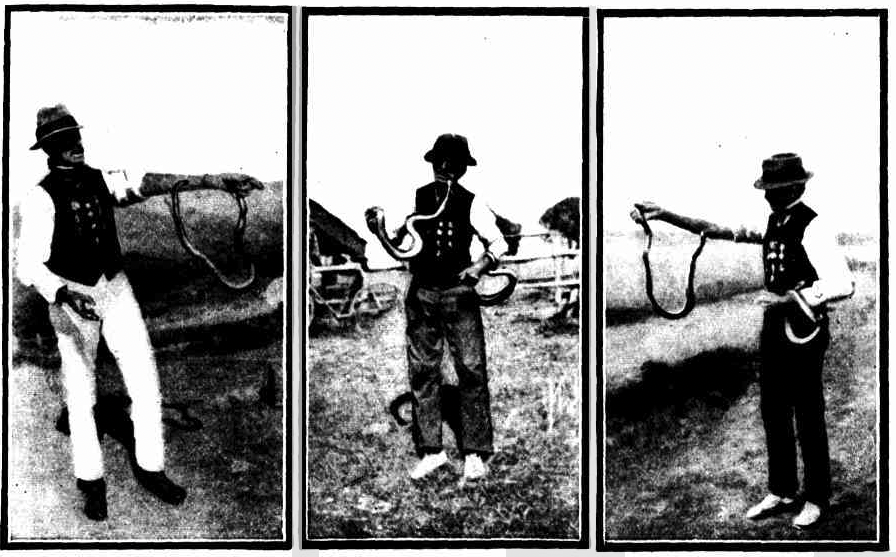
This series of photos was published in the Sydney Mail in 1919 and shows Eichorn allowing tiger and brown snakes to bite his face and arms. Photo: Daily Mail.
In a tragically ironic twist, an obituary published in 1944 reported that the “snake expert” died from blood poisoning at the age of 87 after scratching his arm on barbed wire.
But what’s in Eichorn’s amazing remedy?
The list of ingredients is short and simple: capsicum, ginger and nutmeg in ethyl alcohol.
Image and information supplied by Museum of the Riverina curator Michelle Maddison, with additional notes from Chris Roe.







